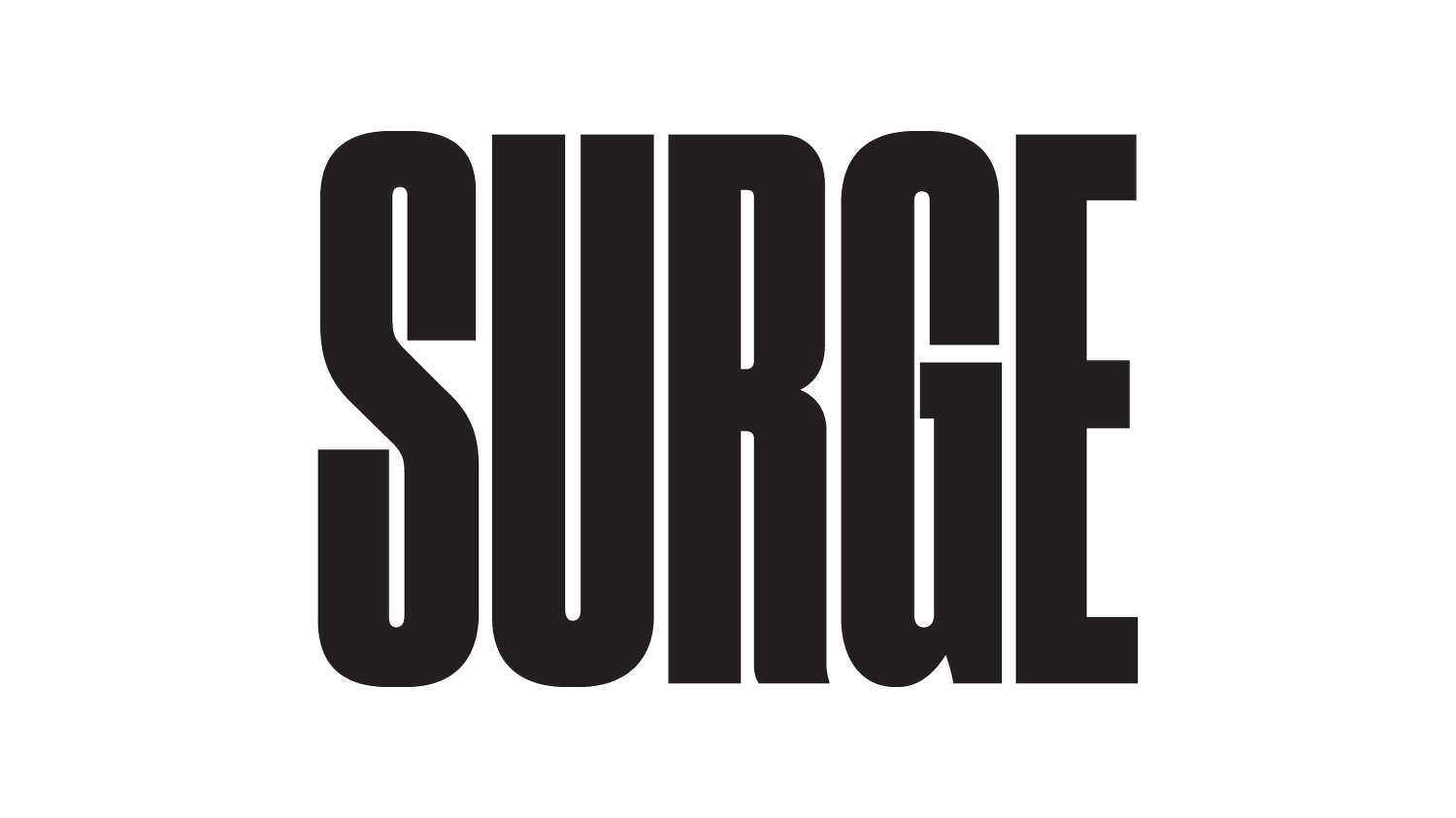What percentage of soy is fed to ‘livestock’ in the UK?
One of the criticisms of a vegan or vegetarian diet you see cropping up, again and again, is that it is actually responsible for large amounts of deforestation because it encourages people to consume more food products made from soy. Drink soy milk? Eat tofu or soy-based meat substitutes? Then the destruction of the Amazon is on your hands!
As the number of vegans and vegetarians in the UK continues to grow - half a million people apparently gave up meat in 2020, double that of 2019 and sales of meat-free products increases, up 40 per cent between 2014 and 2019 - some might conclude that vegans and vegetarians must indeed be the main consumers of a high proportion of soy coming into the country. Indeed, the Sustainable Food Trust (SFT) claims that 63% of the 3.1 million tonnes of soy imported into the UK every year is consumed by humans as food and industrial products, while only 37% is used to feed farm animals.
But how SFT arrives at these figures is unclear. They claim that 1.1 million tonnes - that is, a full third - of the imported soy is used for human food and industrial products, but do not cite a source. This doesn’t tally with other research out there.
According to a 2018 report for the UK Roundtable on Sustainable Soya, around two million tonnes of the soy imported into the UK is soy meal, virtually all of which is fed to animals. The remaining imports are made up of around 750,000 tonnes of whole soybeans and around 200,000 tonnes of soy oil. Almost all the oil is used for human food, but what happens to the whole beans?
Table Debates dug into data from the Food and Agriculture Organisation (FAO) and found that 94 per cent of whole soybeans imported into the UK “were crushed into soy oil and soy cake upon arrival”, with five per cent used for whole-bean animal feed and one per cent used for human food. When you crush up a soybean, you get 80 per cent cake and 20 per cent oil. Since soy cake is mostly used to feed animals, the majority of imported whole beans are also being used for animal agriculture.
This breakdown of the UK’s uses of soy matches the global uses of soy more consistently than SFT’s analysis. Only six per cent of soy produced globally is consumed by humans as whole beans in foods like tofu, soy milk, and edamame. Another 13 per cent of global production goes to humans as soy oil, while 77 per cent of all soy produced is for animals.
Self-appointed champions of British farming are quick to claim that a lot of the flesh produced here for human consumption comes from happy grass-fed animals. But the rapid growth in the UK’s poultry sector in the past few years tells a different story and accounts for the bulk of the soy fed to the country’s farmed animals.
As of 2019, there were 187 million farmed birds in the UK. Between 2011 and 2017, the number of intensive poultry farms (those housing more than 40,000 birds) increased by 27% to nearly 1500. There are also 575 poultry ‘mega-farms’ - those housing more than 125,000 broiler chickens or 82,000 laying hens. Those chickens are fed largely on soy. According to the Poultry Site, 60 percent of soy imported to the UK goes to the poultry sector. An investigation by Greenpeace Unearthed, ITV News, the Guardian and the Bureau of Investigative Journalism last year found that a single shipment of 66,000 tonnes of soy destined to become chickenfeed arrived in Liverpool in August 2020. It belonged to Cargill, the multi-billion dollar U.S. agribusiness that has operations in the UK where it is a major poultry processor and importer of soy for animal feed.
If the poultry sector alone is using up two-thirds of soy imported to the UK, then clearly British humans are not the majority consumers of soy either in the form of food or industrial products.
But it is important to remember that soy isn’t bad per se; it depends where it is grown and in what quantities. The majority of the soy imported to the UK comes from South America, where soy plantations are a key driver of deforestation. Reducing the demand for soy is a crucial way to prevent further destruction of precious ecosystems like the Amazon and Cerrado. So how do we do that? Feed soy directly to humans; researchers have found that if humans got more protein directly from soy rather than obtaining it through soy-fed animals, we would reduce land conversion by 94 per cent. Blaming vegans and vegetarians for soy-linked deforestation might be a fun pastime for some meat eaters, but it isn’t going to save the planet.
Claire Hamlett is a freelance journalist, writer and regular contributor at Surge. Based in Oxford, UK, Claire tells stories that challenge systemic exploitation of and disregard for animals and the environment and that point to a better way of doing things.
Your support makes a huge difference to us. Supporting Surge with a monthly or one-off donation enables us to continue our work to end all animal oppression.
LATEST ARTICLES


